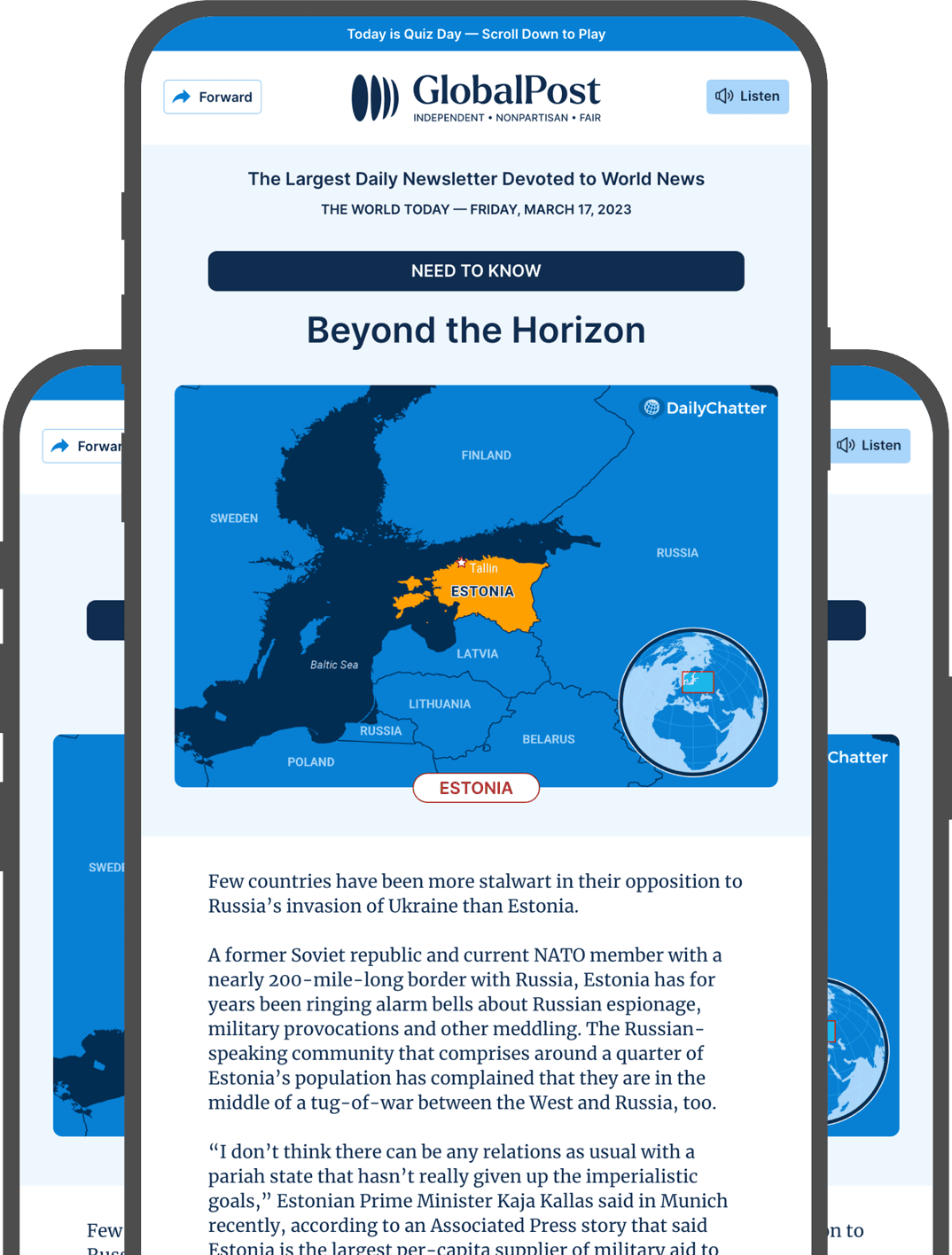The Power of Feasts
About 3,000 years ago, people who gathered to feast in southern Britain left behind enough bones to generate large trash heaps. These mounds are now part of the British landscape and are known as middens.
Now, a new study using isotope analysis of six middens in Wiltshire and the Thames Valley revealed where the animals consumed at the feasts were raised, providing a clearer picture of how far people traveled to contribute to these gatherings at the end of the Bronze Age.
“Our findings show each midden had a distinct makeup of animal remains, with some full of locally raised sheep and others with pigs or cattle from far and wide,” lead study author Carmen Esposito said in a statement.
Every geographical area has a different chemical makeup, which impacts the water and food from the region. As animals eat and drink, those regional markers accumulate in the animals’ bones, allowing scientists to figure out where they were raised even centuries later.
Potterne in Wiltshire, the largest midden, occupies an area of about five soccer fields and is filled with the remains of the feasts, including as many as 15 million bone fragments. Here, pork was the most common meat, with pigs brought in from a wide geographical area, even as far as northern England.
The results of the study also showed this location was a meeting point for producers from both the local area and beyond, researchers said.
Similarly, Runnymede in Surrey was another big regional hub, but here the remains were mainly made up of cattle imported into the region.
Meanwhile, East Chisenbury, located near Stonehenge, is estimated to hold the remains of hundreds of thousands of animals, mainly local sheep.
“We believe this demonstrates that each midden was a lynchpin in the landscape, key to sustaining specific regional economies, expressing identities and sustaining relations between communities during this turbulent period, when the value of bronze dropped and people turned to farming instead,” said Esposito.
During a time of climatic and economic instability, people in southern Britain appear to have relied on feasting as a way to build and consolidate ties within and between communities, co-author Richard Madgwick explained.
As a result, the scale of the debris and the wide geographic origin of the animals involved point to communal consumption and social mobilization on a scale unmatched in British prehistory.
“There was perhaps a feasting age between the Bronze and Iron Age,” Madgwick said in the statement. “Overall, the research points to the dynamic networks that were anchored on feasting events during this period and the different, perhaps complementary, roles that each midden had at the Bronze Age-Iron Age transition.”
Subscribe today and GlobalPost will be in your inbox the next weekday morning
Join us today and pay only $46 for an annual subscription, or less than $4 a month for our unique insights into crucial developments on the world stage. It’s by far the best investment you can make to expand your knowledge of the world.
And you get a free two-week trial with no obligation to continue.
